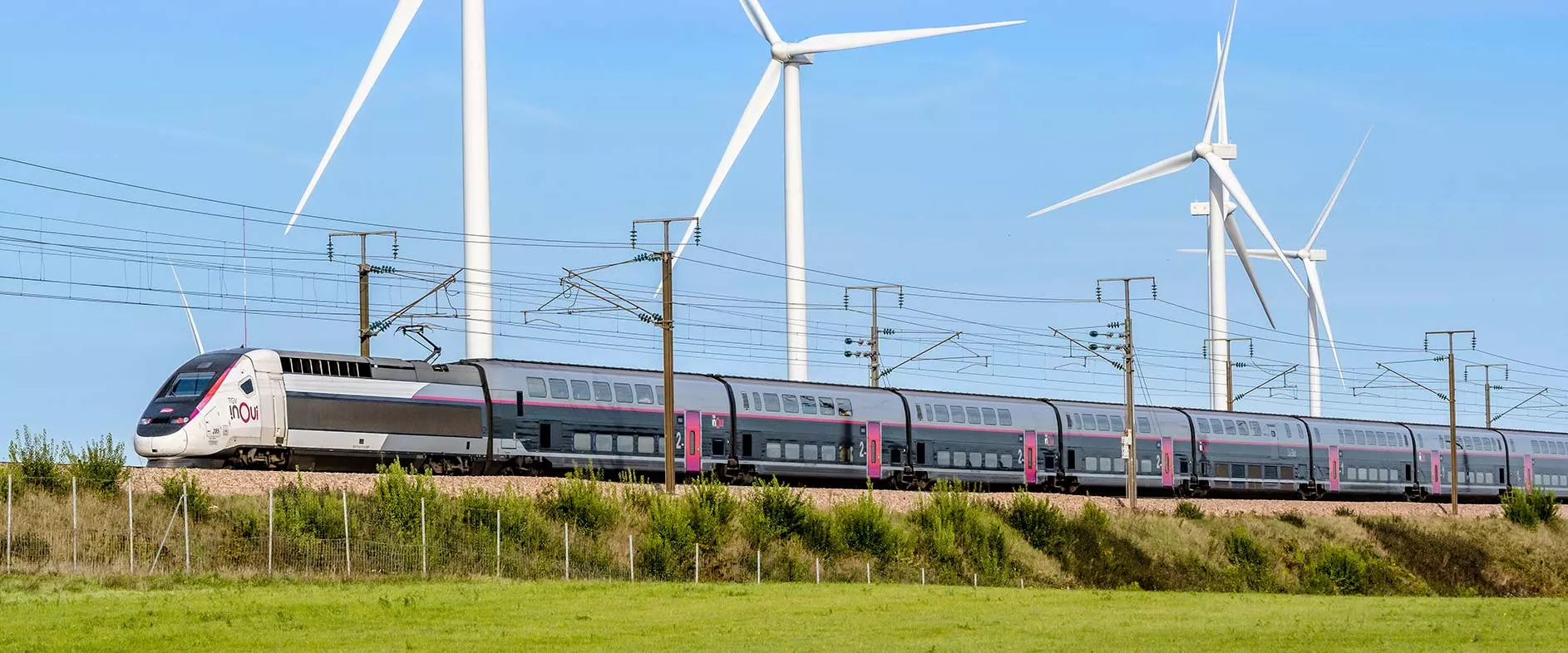
Preserving our planet
SNCF is a vital player in low-carbon mobility. We’re delivering sustainable solutions to the challenges of moving passengers and freight, even as climate change and environmental concerns disrupt our consumption and transport habits.
The energy transition in transport
The transport industry is responsible for 30% of France’s energy consumption, but trains account for only 1%-2%, despite carrying 10% of all passengers and freight. That makes rail a resource-efficient solution for moving people and goods. Yet there’s still room for progress in how we power our rolling stock, and above all how we scale up rail transport.
We’re cutting our CO2 emissions by:
- continuing to improve our rolling stock
- rolling out an ambitious plan to promote energy sufficiency
- becoming more energy efficient

Rail accounts for
1%-2%
of energy consumption in the French transport sector
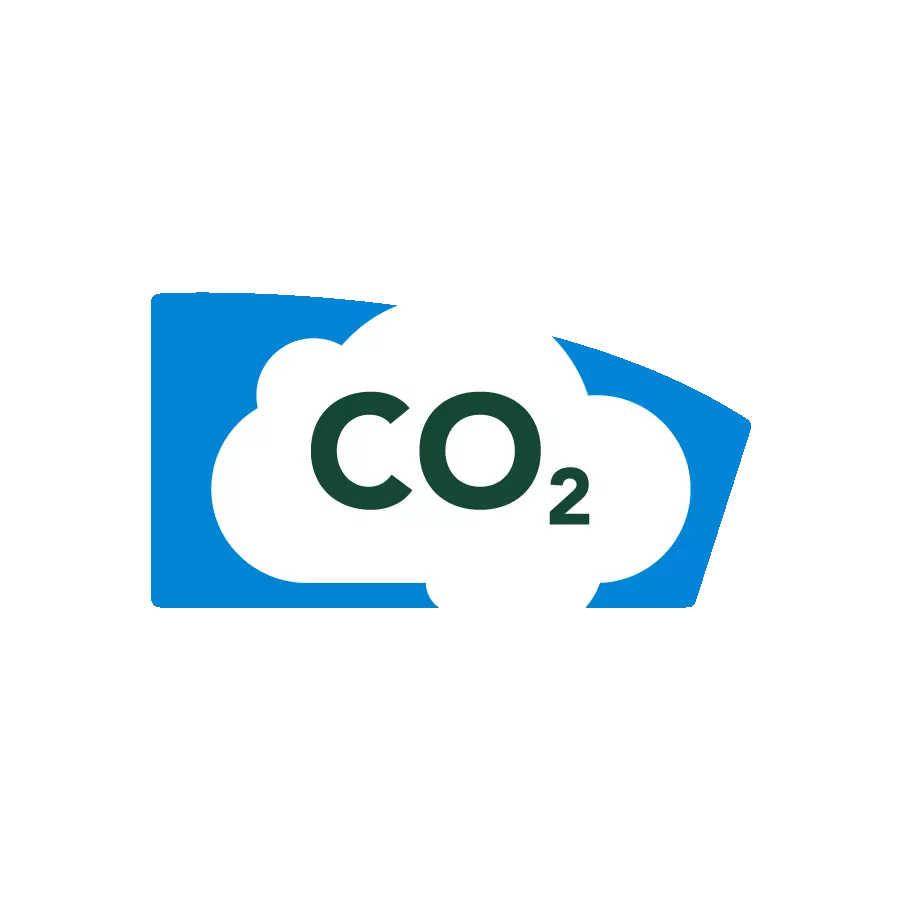
Rail accounts for less than
1%
of CO2 emissions by the French transport sector

SNCF is France’s
No. 1
industrial consumer of electricity
Renewable energies
SNCF Renouvelables—our solar energy subsidiary
SNCF is France’s largest industrial consumer of electricity—around 9 bn kWh a year—and our subsidiary SNCF Renouvelables is set to play a key role in the near future. Designed to generate decarbonized, sustainable electricity at controlled cost, this young company will help us reach our goal of energy self-sufficiency by 2050.
Committed to solar
Through SNCF Renouvelables, we are making our contribution to France’s shift to a greener future and promoting solar power in 3 ways:
- identifying and mapping sites suitable for solar farms and related projects
- promoting deployment of solar projects on approved land
- developing projects to make SNCF buildings energy self-sufficient, and working steadily to equip the roofs of all major existing structures with solar panels.
At the same time, SNCF Gares & Connexions plans to install 1.1 million square metres of solar panels atop the stations, car parks and platform shelters it operates.
Using our property to serve transition
The power of real estate
The size of our property portfolio is second only to the French State’s. With plenty of available land and rooftop space, we’re well positioned to secure our energy supply and cut procurement costs by forging profitable solar energy partnerships with industrial companies and local communities.
New energies from old sites
Disused rail sites play an active role in our ambitious sustainable development plan. In Surdon, in North-western France, we created a solar power plant on 25 ha of idle land with support from many local stakeholders. Since 2018 the plant has produced 7,500 MWh a year—enough to meet the non-heating energy needs of around 3,000 households.
We installed another photovoltaic farm at a former marshalling yard in Le Mans. In 1 year, the facility generated 11,400 MWh of electricity, enough to power 4,500 households.
Calculating carbon footprint
To keep travellers in the loop, we inform passengers of the greenhouse gas emissions their train journey represents as a matter of course. We calculate this figure using a meticulous, regulated methodology based on a draft European standard.
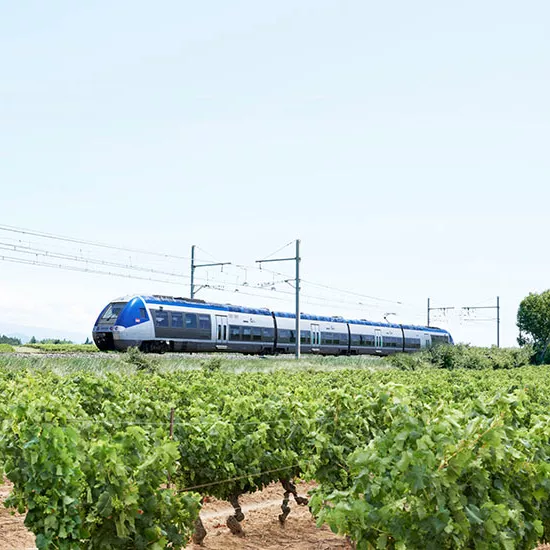
Greener regional trains
Half of our TER regional trains still depend on diesel locomotives, but we’re working with mobility authorities and industrial partners to make them greener. Finding alternatives to thermal traction has 3 advantages: boosting rail traffic, preserving our planet, and protecting public health. Our decarbonized, next-generation trains—hybrid and/or powered by batteries, biofuel and hydrogen—are already in operation or under development.
Stations shrink their carbon footprint
SNCF Gares & Connexions is working to eliminate all of its oil-fired boilers—the source of 13% of its GHG emissions—by 2025. This SNCF subsidiary, which manages our 3,000 stations in France, expects the move to avoid 4,023 tonnes of CO2 equivalent. More broadly, SNCF Gares & Connexions has targeted a 50% cut in carbon emissions from energy consumption by 2030.
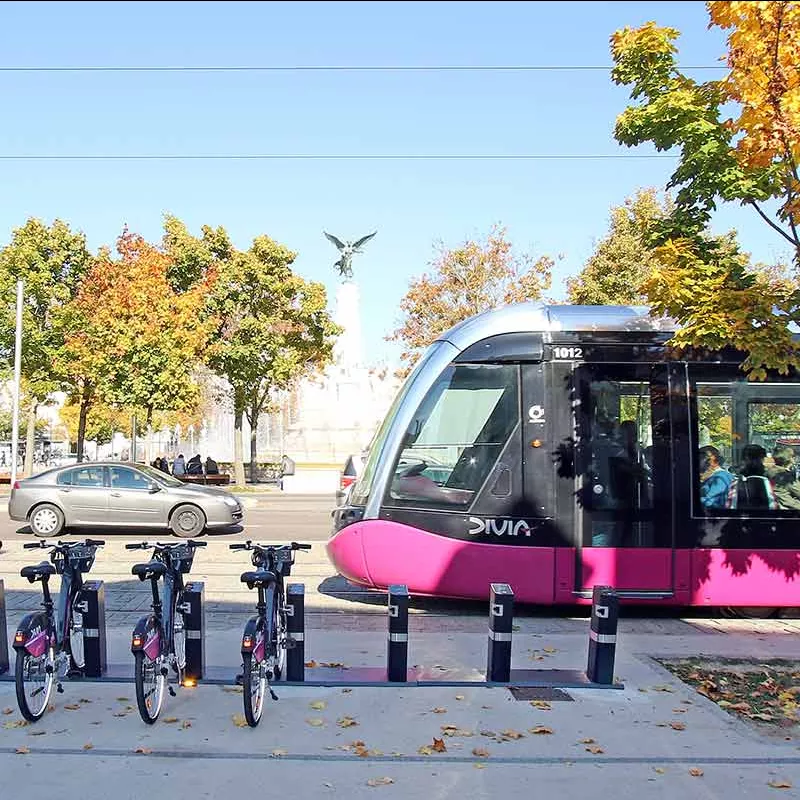
Offering sustainable mobility
Developing a sustainable public transport network means striking a balance between profitability, affordable fares, environmental protection and long-term infrastructure needs. It’s a big challenge, but Keolis is meeting it, with a wealth of green mobility options in France and around the world. Examples include:
- a fleet of natural gas-powered buses for the Tours–Val de Loire metropolitan area
- an all-in-one mobility network in Dijon
- 100% electric school buses in Canada
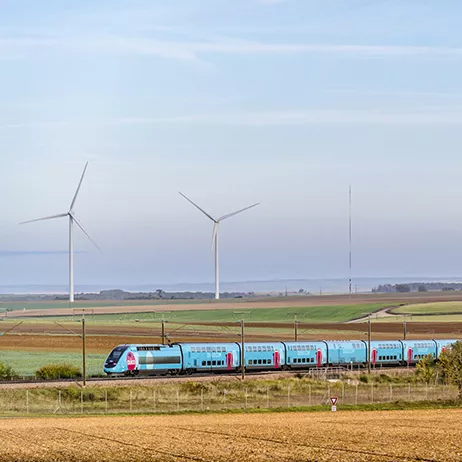
By 2030, we’ll cut
50%
of our carbon emissions from energy consumption, the objective for all our buildings.

Zero
direct CO2 emissions thanks to hydrogen trains
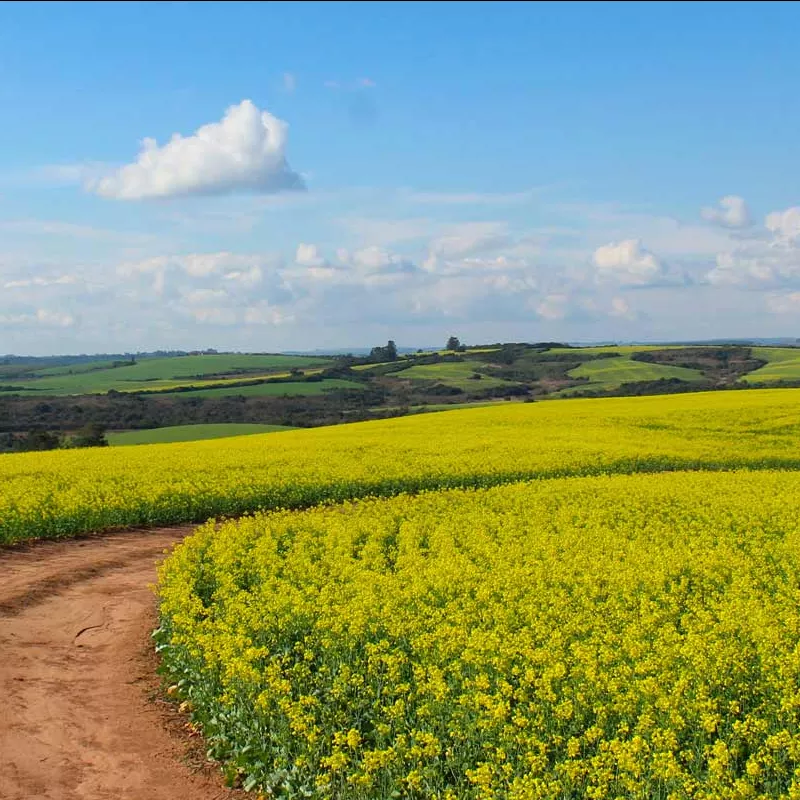
Biofuel TERs emit
60%
less CO2 than diesel trains
Environmental compliance
To make this a reality, SNCF has both an official environmental policy and a green management system. All SNCF operations and units are committed to an EMS-type approach, and a full 95% of our industrial entities—technicentres, track maintenance and build units, and more—are ISO 14001 certified. Widespread deployment ensures that our eco-initiatives and approaches are solid and sustainable, adapted to the challenges facing each SNCF company, and an integral part of facility operation. The managerial standards already applied to rail safety are gradually being adapted to environmental safety in a truly global approach.
Improving our environmental performance
Sustainable design at SNCF Réseau
Sustainable design means building environmental performance into a project and limiting its impact, right from the drawing board. SNCF Réseau is applying this concept:
- from the start, by choosing recycled or bio-based materials
- during project deployment. For each known impact, Réseau applies the avoid, reduce, offset (ARO) approach
- during operations and maintenance, by increasing energy efficiency and fighting obsolescence
- at the end of the project’s life, by re-using and reclaiming used materials
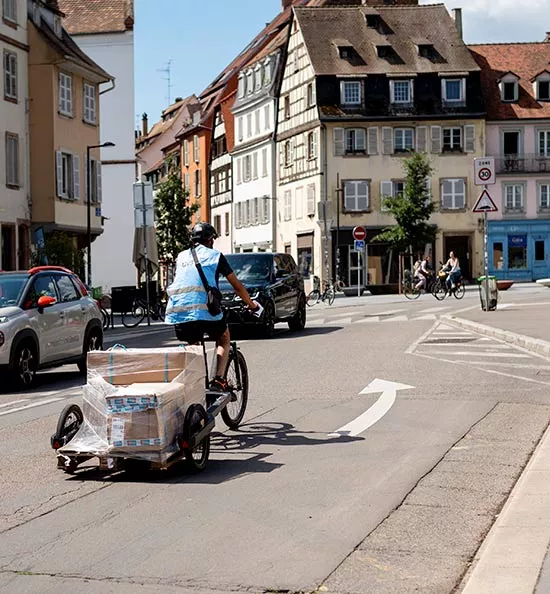
Pioneers in sustainable logistics design
GEODIS has had a certified sustainable design programme since 2021. This SNCF Group subsidiary builds decarbonization into its own logistics and helps its clients do the same, by:
- reorganizing the supply chain
- combining different transport modes
- grouping goods
- using low-carbon vehicles
Share the article